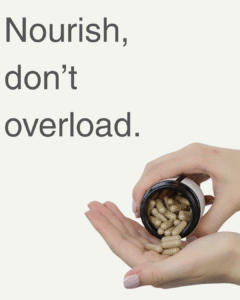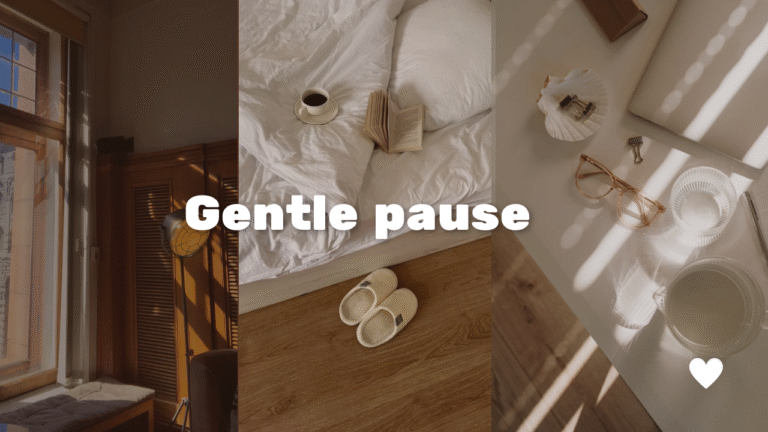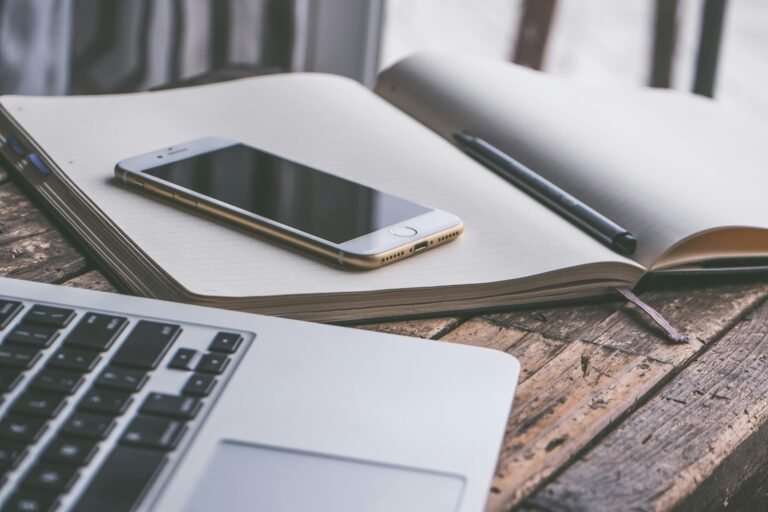We wake up to screens, work on screens, relax with screens and sleep beside one. Our lives are more connected than ever, yet we’re quietly feeling more exhausted, scattered, and numb. This is the paradox of our digital age: constant connection that leaves us disconnected from ourselves.
The digital detox movement isn’t about rejecting technology. It’s about reclaiming balance, learning to use tech intentionally, not habitually.
Let’s explore how screen overload drains your energy, what it does to your mind and body, and how to slowly restore clarity and calm.
The Hidden Cost of Constant Connection
The average person checks their phone over 150 times a day. Even when we’re not consciously using it, we’re mentally tethered waiting for pings, previews, vibrations.
Each notification triggers a mini dopamine hit, our brain’s way of rewarding attention.
Over time, this rewires our focus system, making it harder to stay in deep work, rest, or even silence.
The Attention Tax
Every scroll, click, and ping demands a fraction of your attention. Individually, it feels small but accumulated over thousands of micro-interactions, it becomes a cognitive drain.
Researchers call it “attention residue” the leftover mental clutter from switching tasks. Even glancing at a notification can reduce focus for up to 20 minutes.
The result?
We work longer hours but accomplish less. We rest, yet never feel rested.
How Technology Hijacks the Nervous System
Every beep, flash, and vibration signals potential urgency activating the sympathetic nervous system, or the fight-or-flight response. That’s why even harmless alerts can raise your heart rate and trigger mild anxiety.
Our ancestors faced real threats storms, predators. Today, the “threats” are notifications, breaking news, unread emails.
Your brain doesn’t know the difference.
Chronic digital stimulation keeps cortisol (the stress hormone) elevated, which leads to fatigue, poor sleep, and even irritability.
You’re not tired because you worked too much, you’re tired because you never truly unplug.
The Sleep Disruption We Don’t Notice
Blue light from screens suppresses melatonin, the hormone that tells your body it’s time to sleep. Even brief exposure before bed delays deep sleep cycles by up to 90 minutes.
But there’s another layer mental overstimulation. When you scroll social feeds before bed, your mind digests hundreds of micro-stories, successes, opinions, arguments right before rest. That prevents the emotional downshift needed for real recovery.
A digital detox reintroduces that essential boundary between day and night, noise and stillness.
The Myth of “Productivity” Through Connectivity
We’re told that being online means being productive. Yet research from Stanford shows that multitasking reduces efficiency by 40% and increases stress.
Your brain isn’t designed to handle overlapping inputs messages, tabs, notifications, podcasts, all at once.
Each switch taxes the prefrontal cortex, reducing creativity and memory retention.
The Burnout Loop
When work and rest exist on the same device, your mind never fully separates them. You respond to one last message, check one more update and slowly erase the line between doing and being.
The result is what psychologists now call “digital fatigue.”
Symptoms include mental fog, irritability, decreased motivation, and emotional flatness, a sense of numbness even toward things you love.
Productivity isn’t measured by how many tabs you open, it’s measured by how clearly you think.

The Mental Clutter You Don’t See
Even if you use your phone consciously, you’re absorbing information fragments all day emails, headlines, reels, comments, ads. This constant input creates a subtle sense of pressure to react, compare, or optimize.
Psychologists describe it as “cognitive congestion.” Your brain becomes a crowded room full of thoughts, but no space to breathe.
The Illusion of “Staying Updated”
Ironically, the more we consume, the less we retain.
Information overload doesn’t expand awareness — it fragments it.
True clarity often emerges from silence, not from scrolling.
Reclaiming Your Energy: How to Begin a Digital Detox
Digital detoxing doesn’t mean deleting everything. It means setting boundaries that let you breathe again.
Here’s how to begin calmly without pressure or extremes.
1. Create “No-Screen Zones”
Start by choosing one space in your home maybe your dining area or bedroom that stays screen-free. This trains your brain to associate certain spaces with rest and human connection.
2. Practice Morning Clarity
Avoid screens for the first 30 minutes after waking. Instead, stretch, journal, or make tea. Your brain’s “alpha state” in the morning sets the emotional tone of the day feeding it silence strengthens focus.
3. Schedule Intentional Screen Time
Instead of endless checking, batch your digital activity.
Set time blocks for emails, social media, and messages. Outside those windows, silence notifications completely. This creates psychological closure, your brain relaxes knowing there’s a plan.
4. Replace the Void, Not Just the Habit
When you remove digital noise, you’ll feel a void boredom, restlessness. Don’t fight it. Fill it with presence.
Try reading a real book, cooking, taking a walk, or simply sitting outside. The goal isn’t distraction, it’s reconnection.
5. Rebuild Real Attention
Start with micro-detoxes: 1 hour, then half a day, then full weekends. Over time, your dopamine sensitivity resets, simple pleasures begin to feel rewarding again.
Calm doesn’t come from silence itself. It comes from learning to be comfortable in silence.
The Benefits You’ll Feel (and Why They Stick)
Within days of reducing screen time, you may notice:
-
• Sharper focus: less mental wandering.
•. Better sleep: deeper rest and more vivid dreams.
• Improved relationships: eye contact, conversation depth.
• Renewed creativity: ideas flowing during quiet moments.
After weeks, your baseline stress levels drop, because the nervous system finally trusts that rest will arrive.
You rediscover natural rhythms, energy in the morning, calm at night.

How to Maintain Balance in a Digital World
A permanent detox isn’t realistic. Technology connects us to work, creativity, and loved ones.
The key is mindful integration, not total avoidance.
1. Curate Your Digital Diet
Unfollow accounts that drain you. Mute noise.
Fill your feed with things that uplift, educate, or calm.
Your mind digests content just like your body digests food quality matters more than quantity.
2. Adopt the “One-Screen Rule”
When you watch, just watch. When you read, just read.
No second-screening. Multitasking halves enjoyment and doubles exhaustion.
3. Celebrate Offline Moments
Take photos if you must, but resist instant sharing.
Let experiences sink in before broadcasting them.
Presence first, posting later.

The Calm Realm Perspective
Technology isn’t the enemy unconscious use is. When we reclaim attention, we reclaim the ability to choose what to see, feel, and think.
A digital detox is really a mental declutter clearing the static so your natural peace can surface again.
Every time you look up from your screen, you return not to boredom, but to being.










